It is often assumed that a band’s success stems solely from the quality of their music. In a perfect world, this would be the case. To believe that an artist is measured by only the quality of their actual music ignores one of the essential aspects of the music industry: marketing. One of the most significant tools an artist has to market themselves and their live shows is concert t-shirts.
The earliest occurrence of the concert t-shirt was in the late 60s. Developed by Bill Graham, one of the most important names in music marketing history, t-shirts were printed to promote the live show of one of the most successful rock bands of all time, The Grateful Dead. Graham then started Winterland Productions, a company that operated in the realm of concert t-shirts and posters. By the time that Winterland Productions was bought out by the MCA Music Entertainment Group in the late 80s, the concert t-shirt had grown well beyond the reaches of the San Francisco rock scene.
After the Grateful Dead, many bands began to use concert t-shirts as a way to both promote future tour dates and also provide people with a keepsake to represent the memory of the concert they had attended. In the 70s, bands like The Rolling Stones and Led Zeppelin produced concert t-shirts so popular that they have stood the test of time.
Similarly, the explosion of concert t-shirts within the metal scene of the 1980s, including bands like Metallica and Iron Maiden had a much stronger cultural impact than anyone could have expected. In the late 2010s, this bold and in-your-face-offensive style of graphics began to pop up in the pop and rap scene. Designers that had been creating some of the most recognizable concert t-shirts in metal history were now creating shirts for Justin Bieber or Kanye West.
While band t-shirts have a special place in culture as a representation of a person’s musical identity, concert t-shirts are physical manifestations of some of the most fun nights in a person’s life. While the actual memories of a concert are fleeting (and often hazy at best), concert t-shirts can bring those memories back to the forefront of a person’s mind through one of the critical factors that differentiate concert t-shirts from standard band t-shirts: tour dates. The back of concert t-shirts are typically adorned by a list of dates and cities, giving people something to point to with pride when reliving the nights of concerts they have attended.
Over time, with the evolution of the music industry, a lot of a band’s revenue has shifted away from the sale of their physical music. With music streaming as the primary means for the public to consume music, band and concert t-shirts, along with tickets to live performances, have become increasingly more important. As recently as 2016, band merchandise had grown into a $3.1 billion industry.
From very humble beginnings in the San Francisco rock music scene, concert t-shirts have grown into an international phenomenon. While concert t-shirts are an integral part of the success of up-and-coming bands, they will rarely, if ever, live up to the lasting impact of bands like The Grateful Dead, The Rolling Stones, or Metallica.

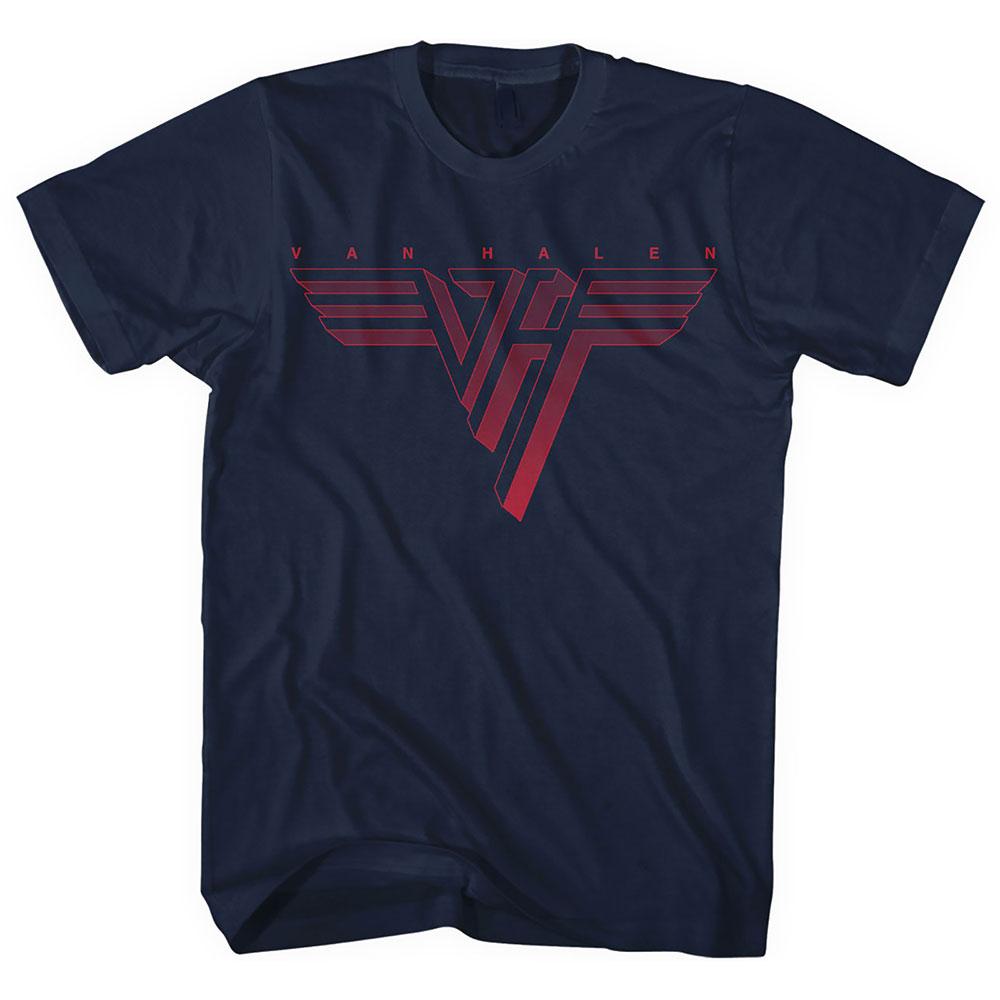
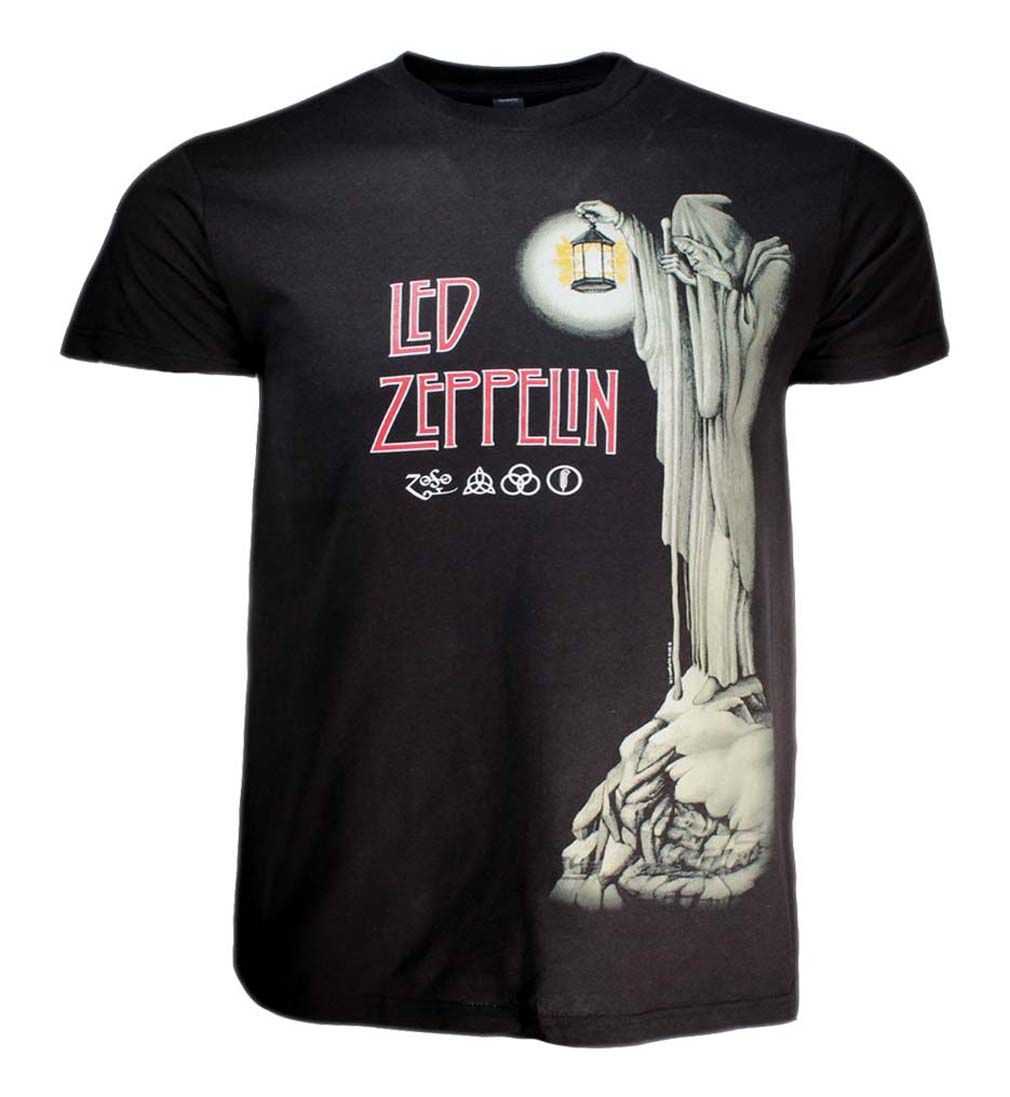
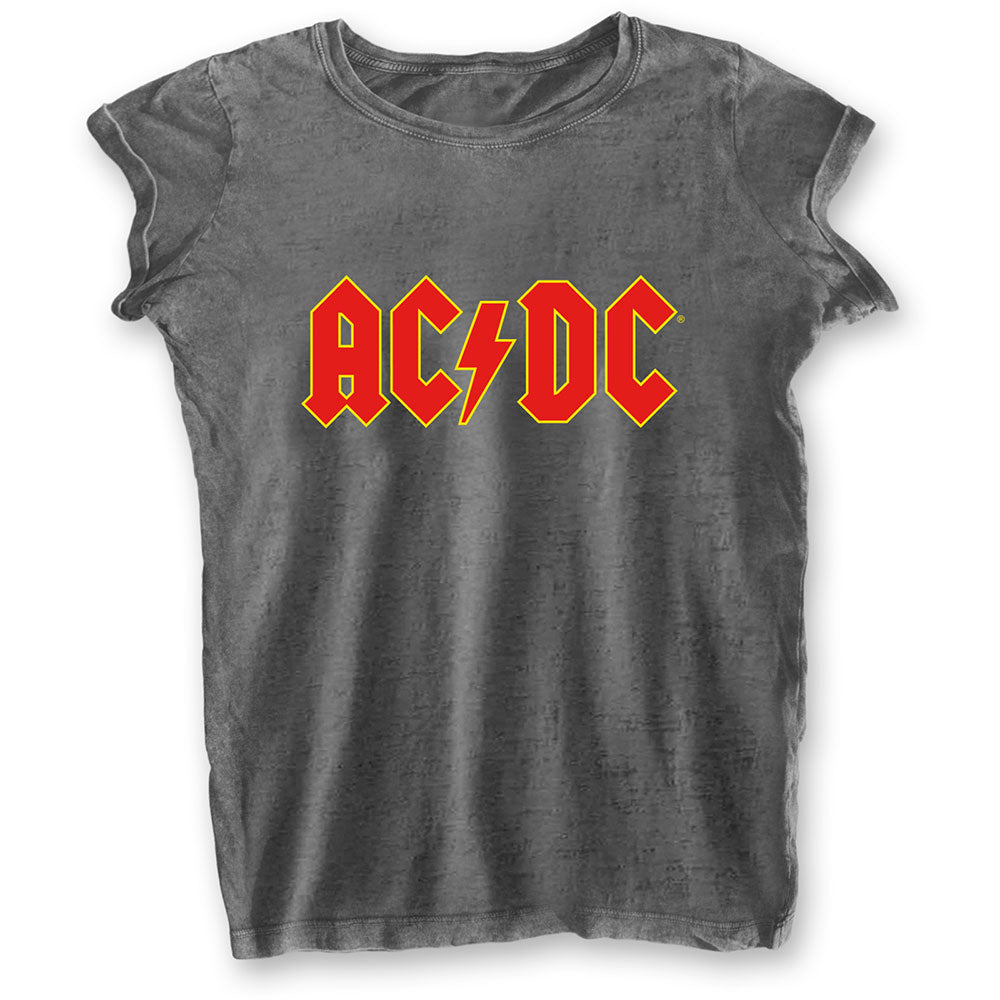
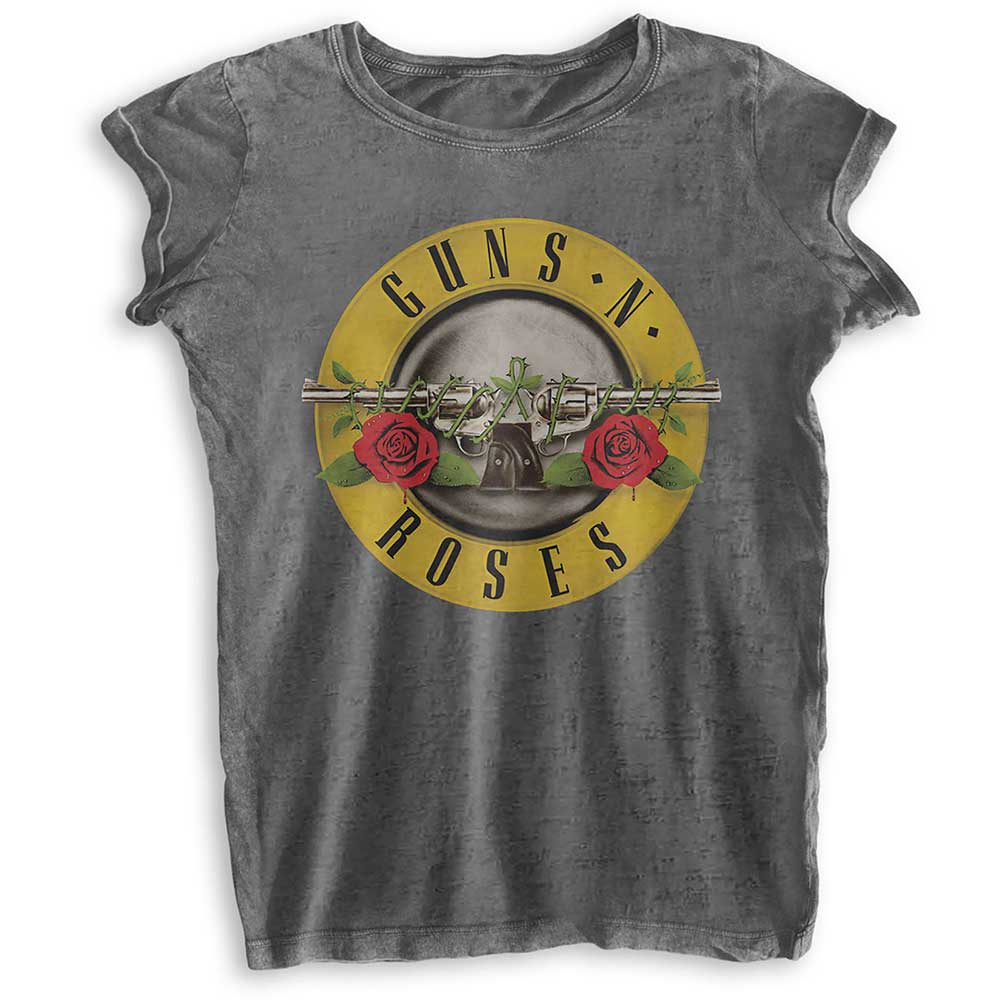
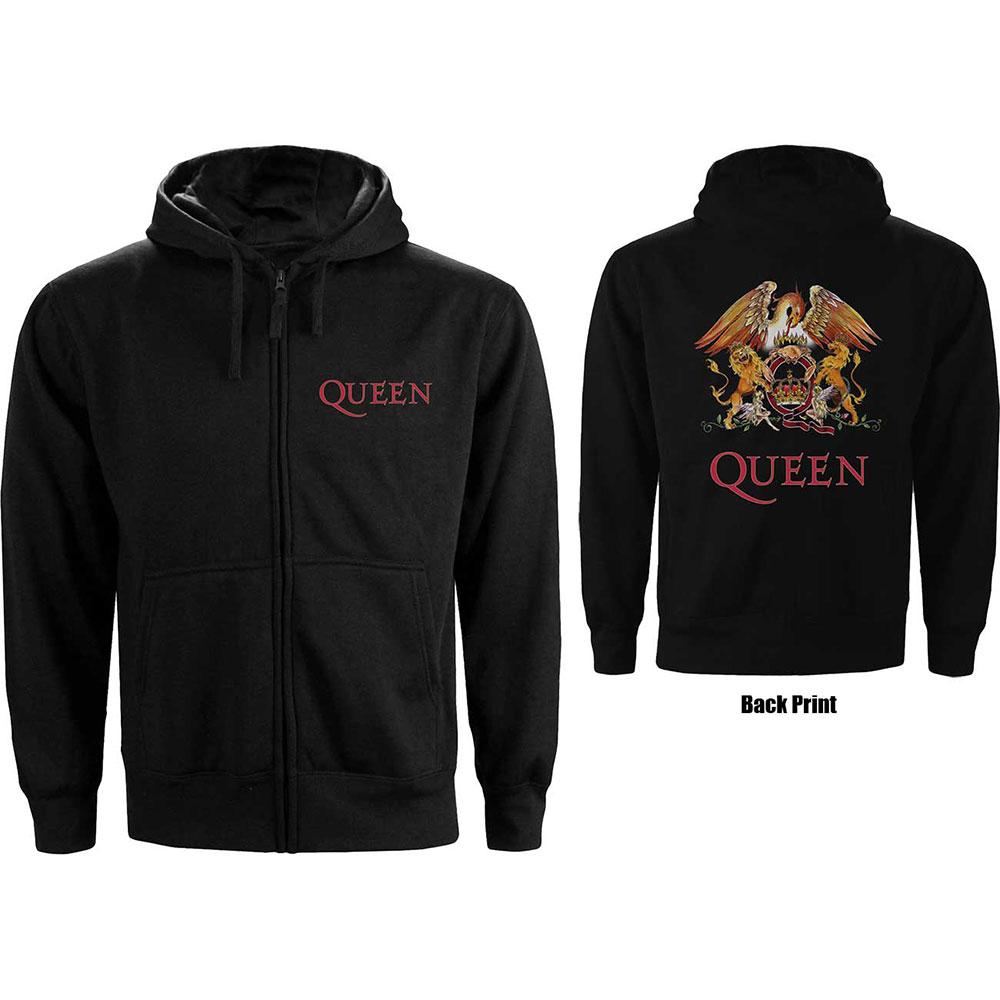
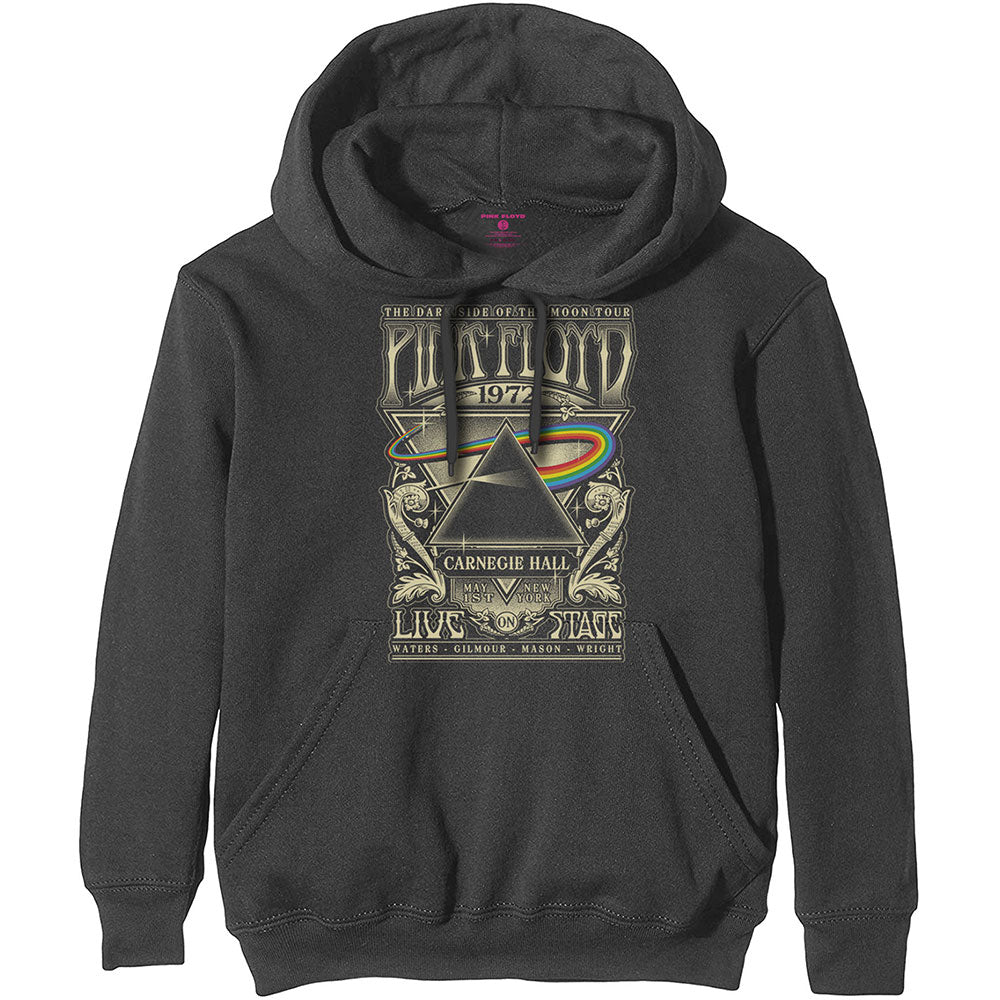

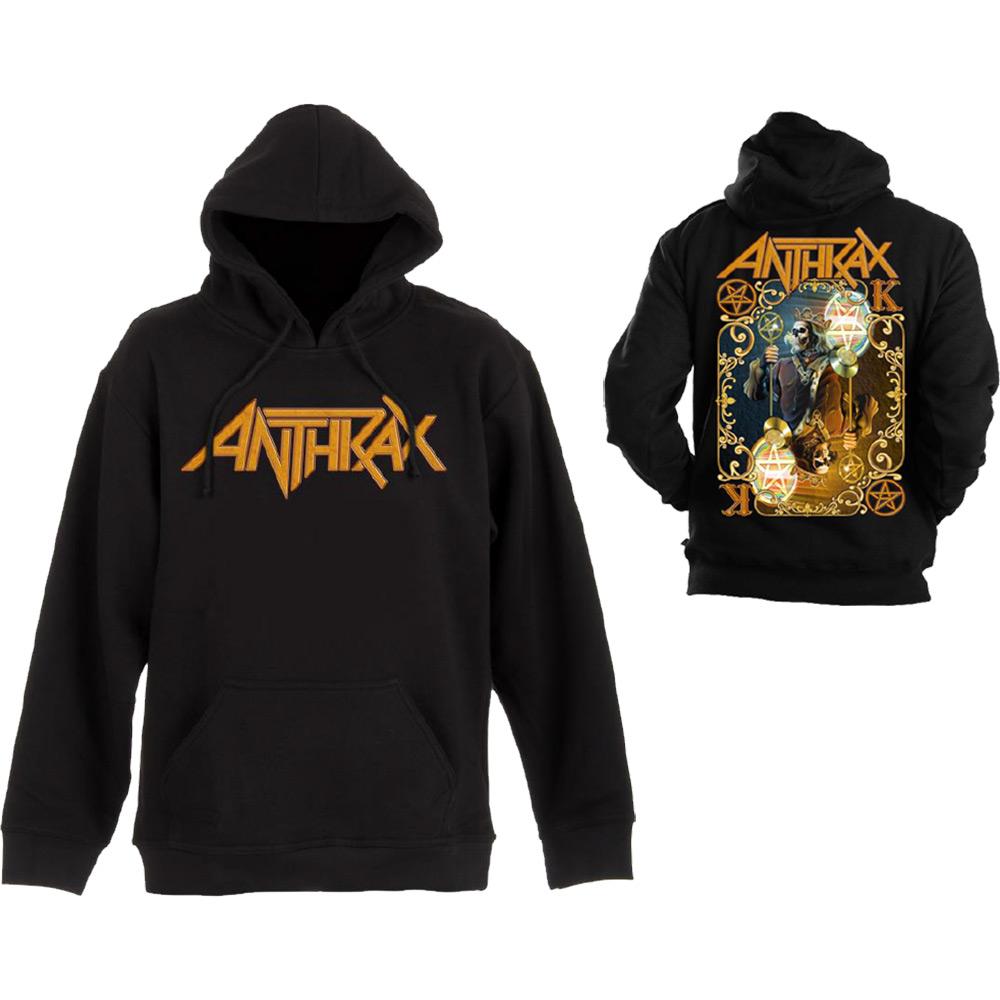
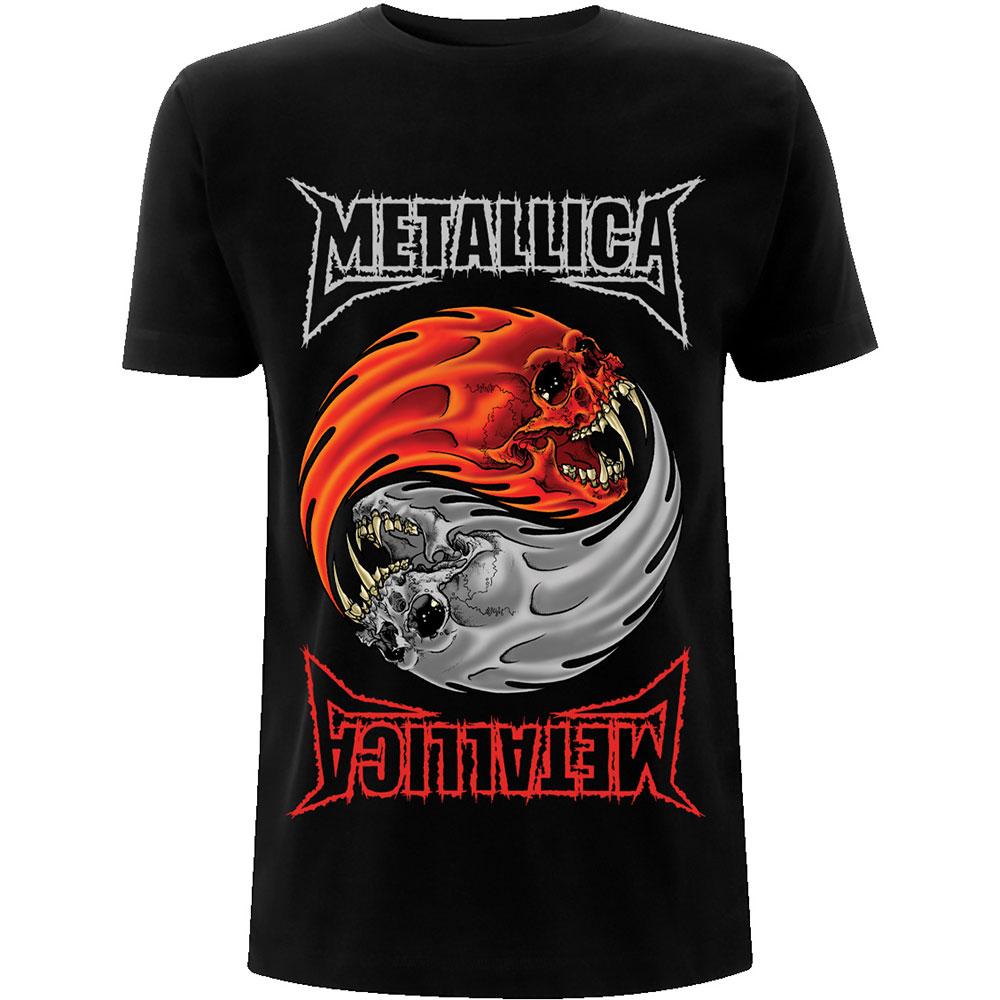
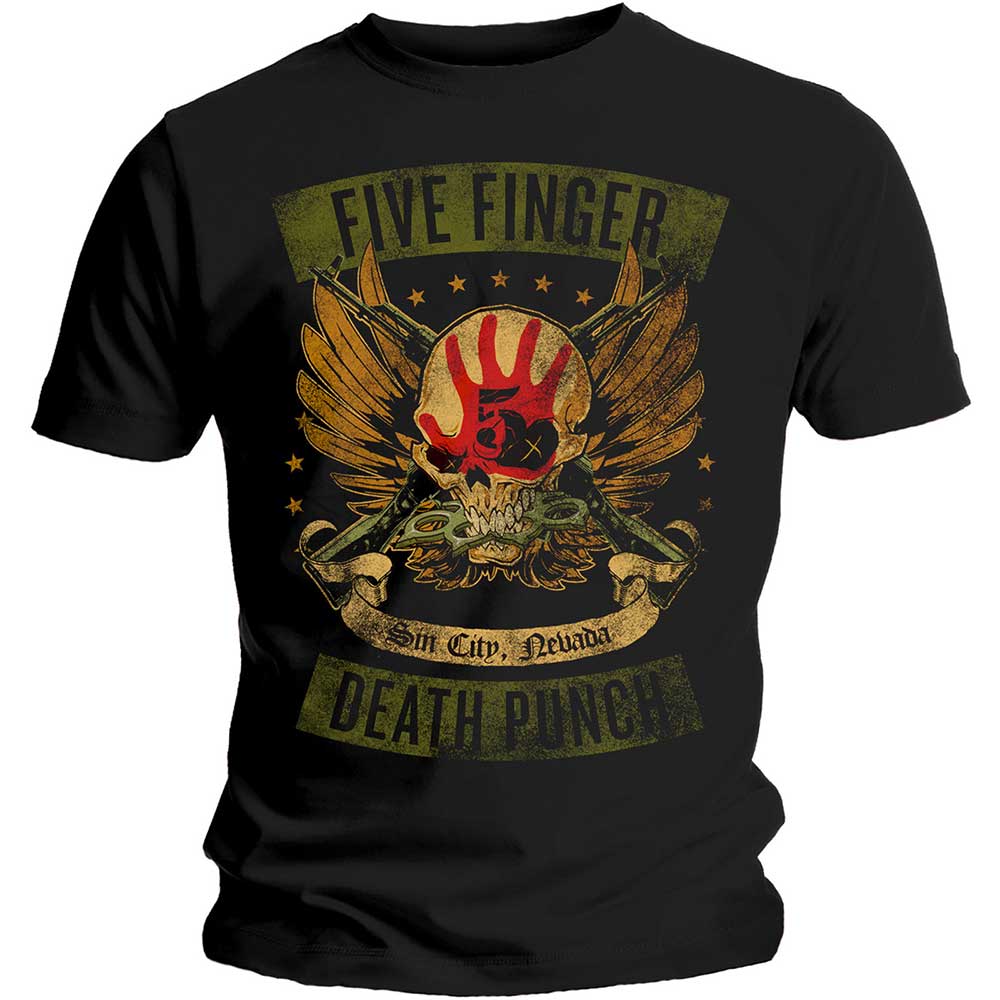
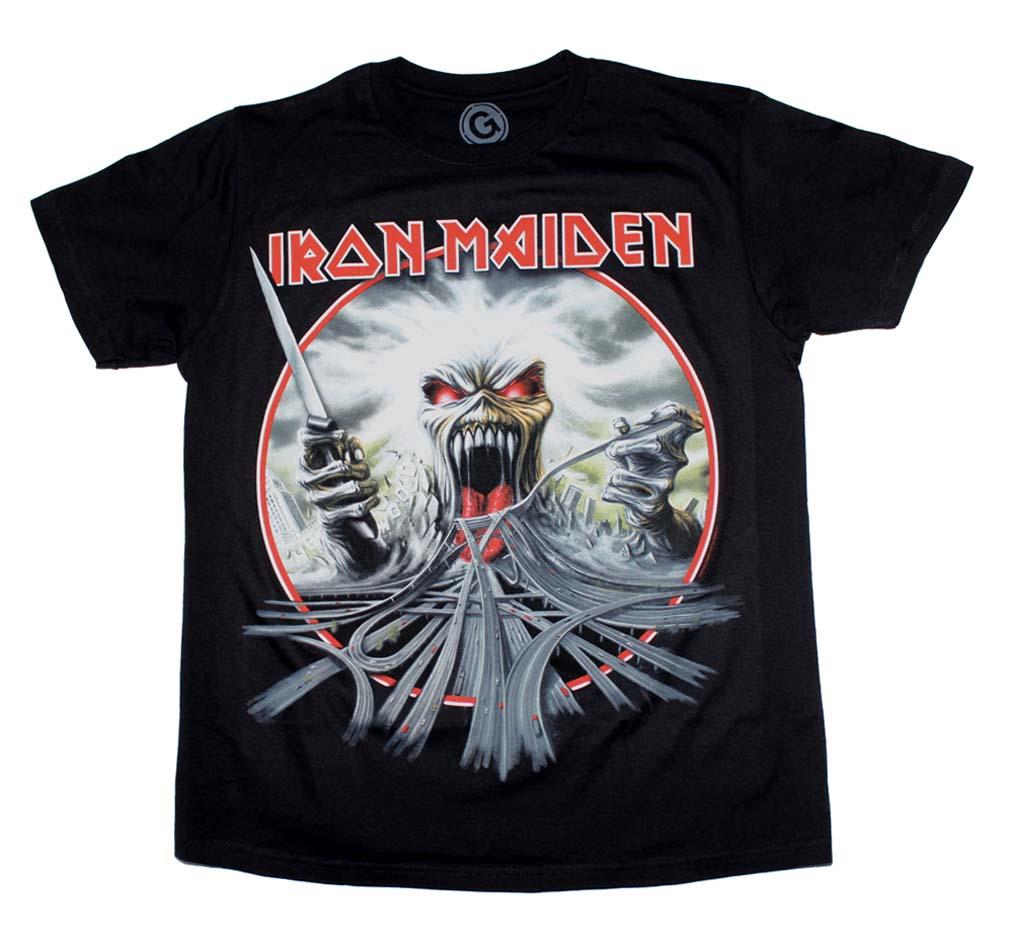
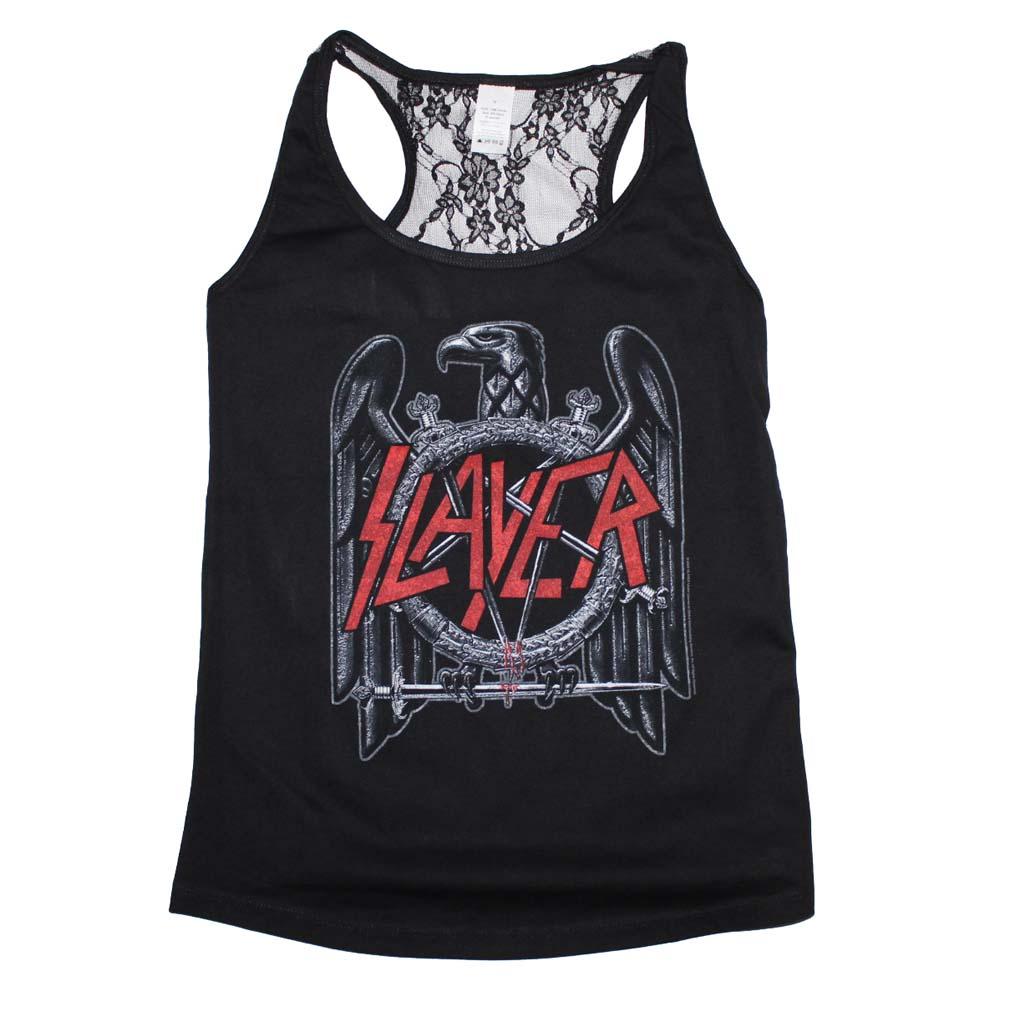

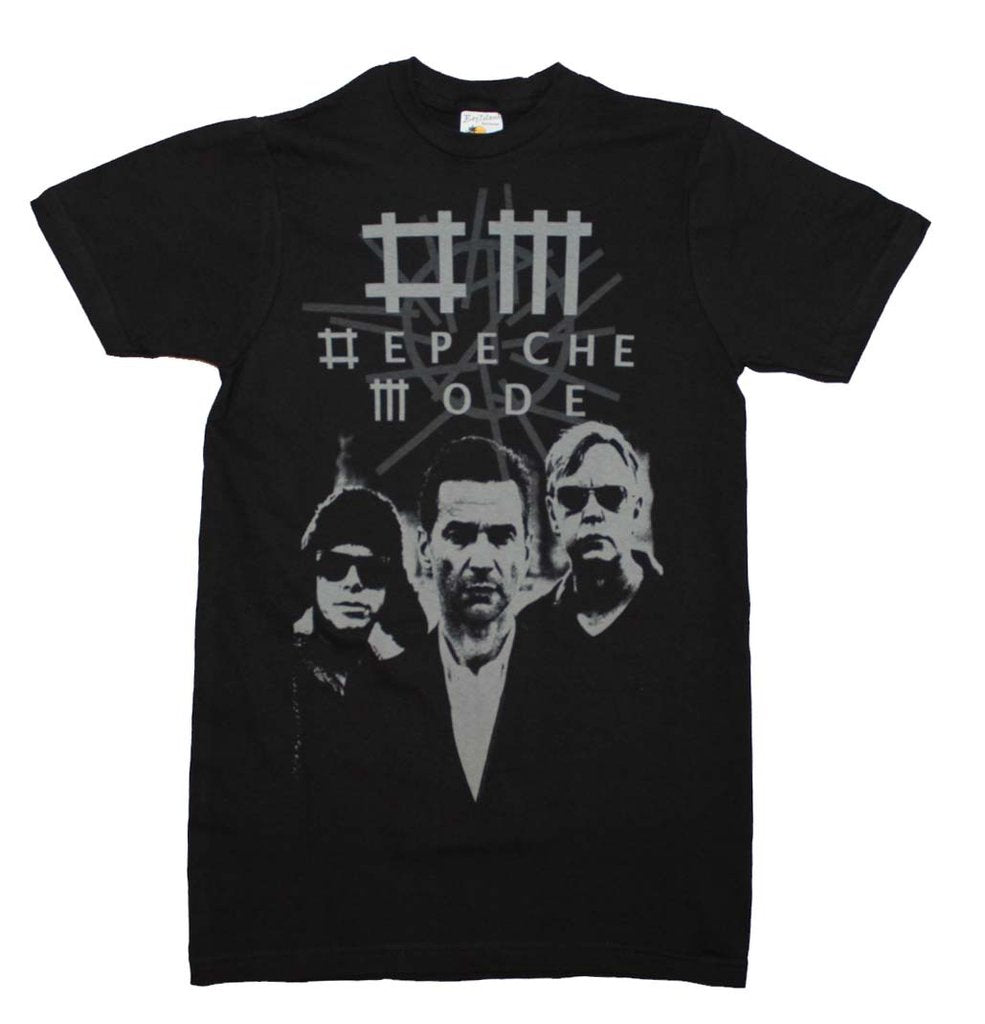
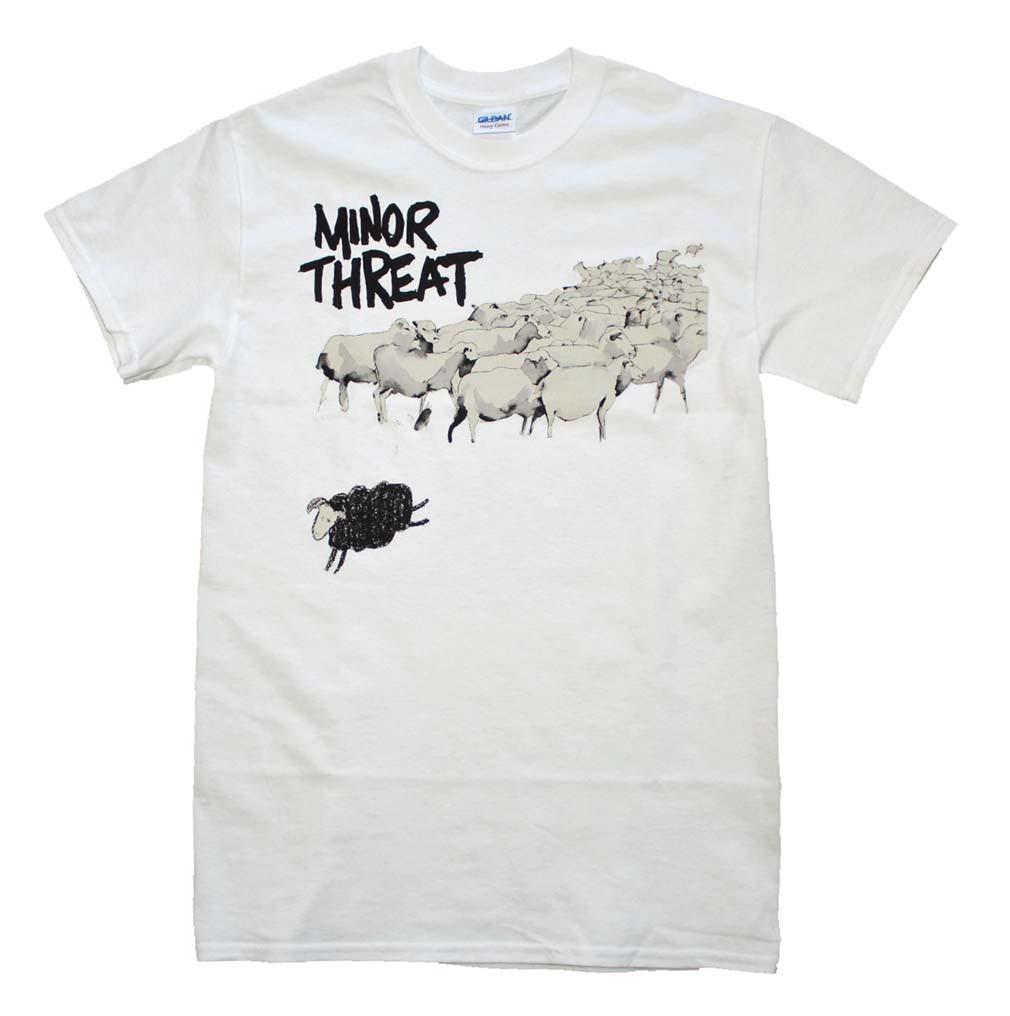
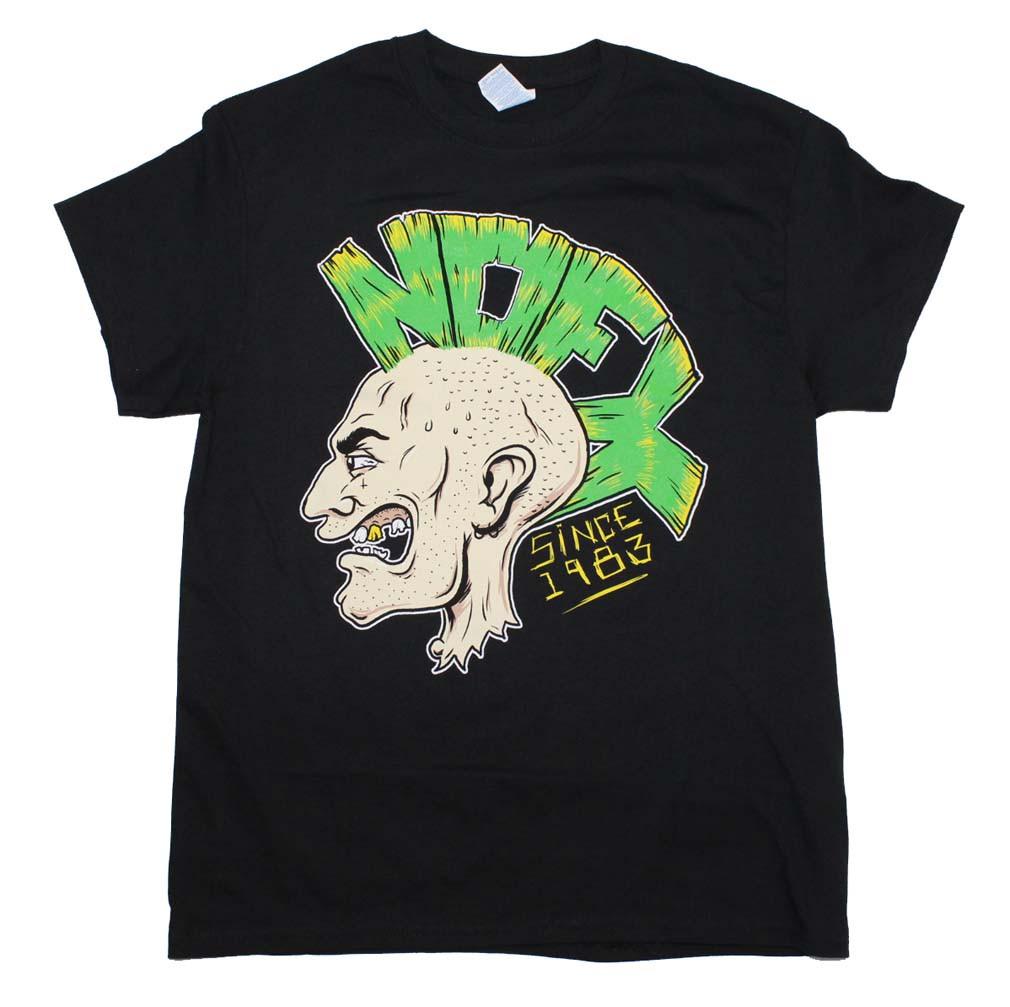
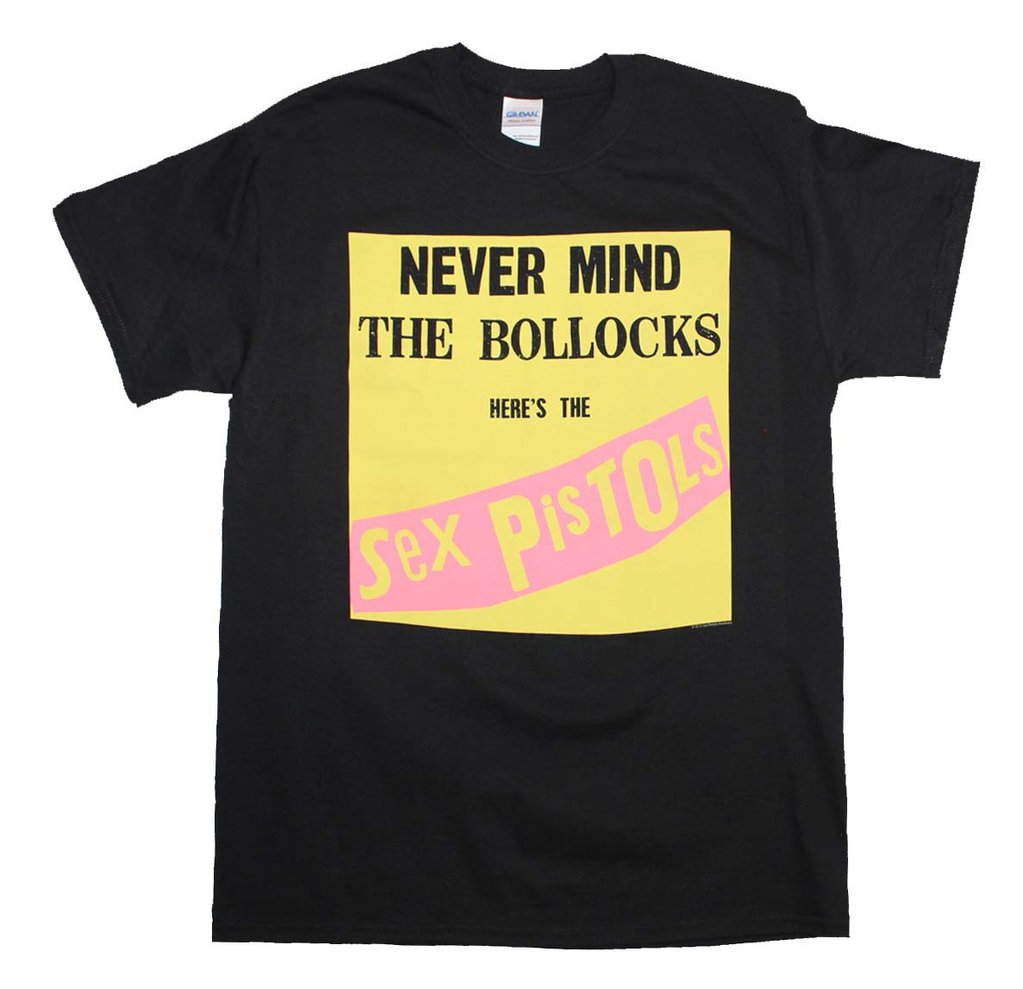
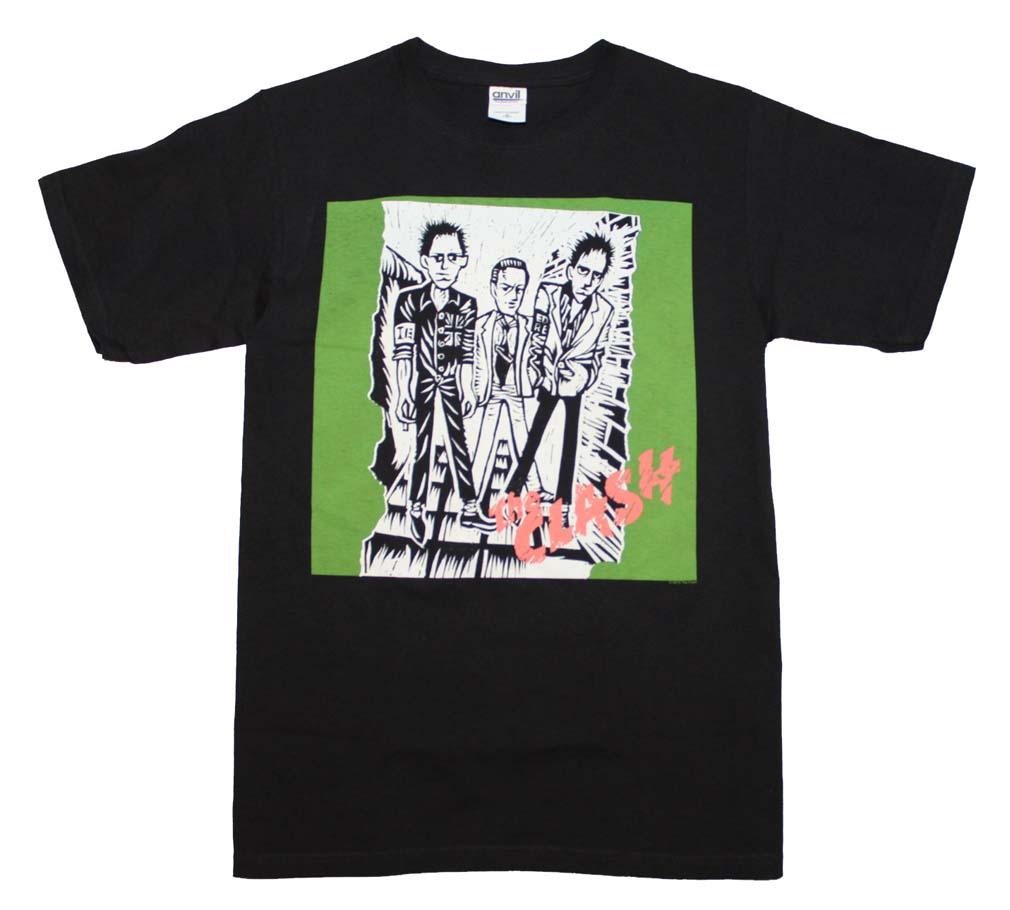
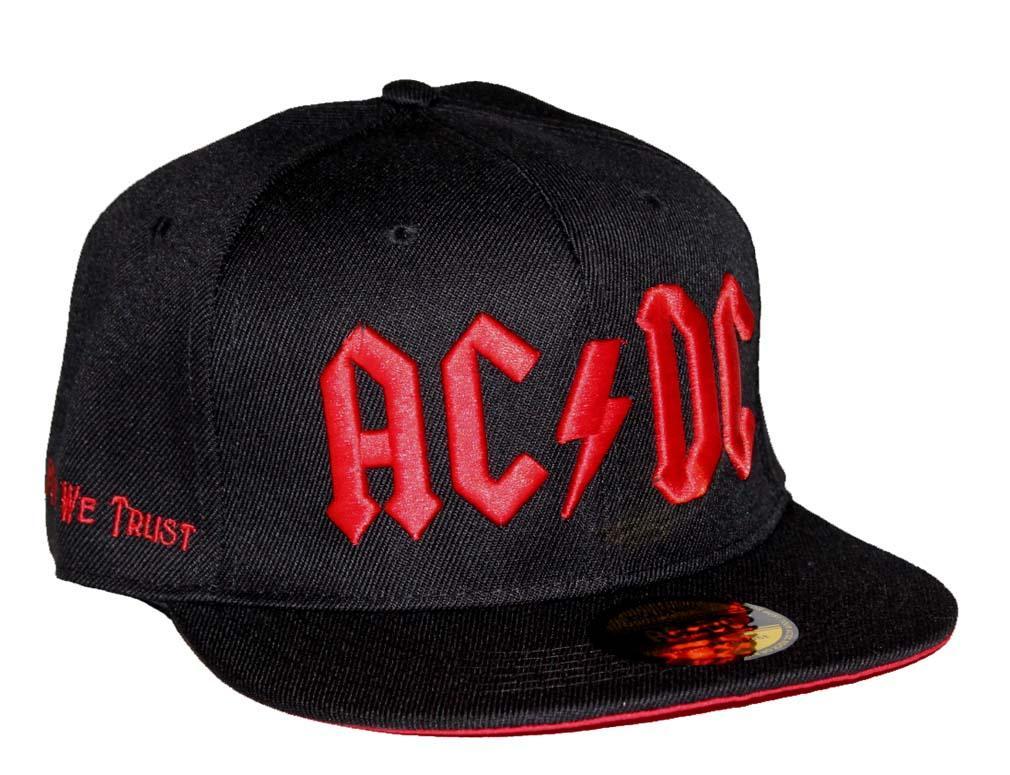
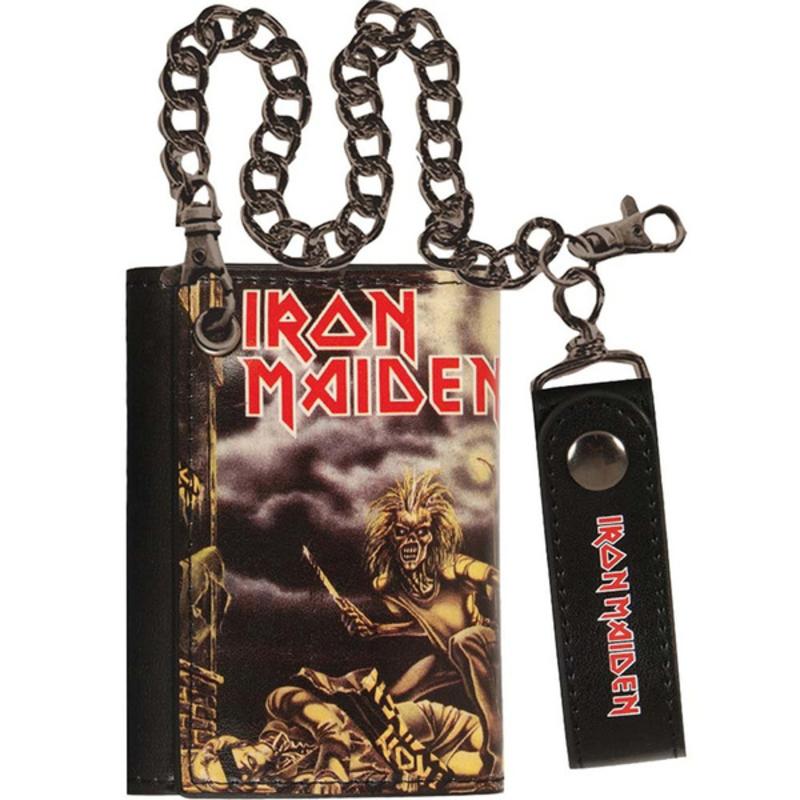
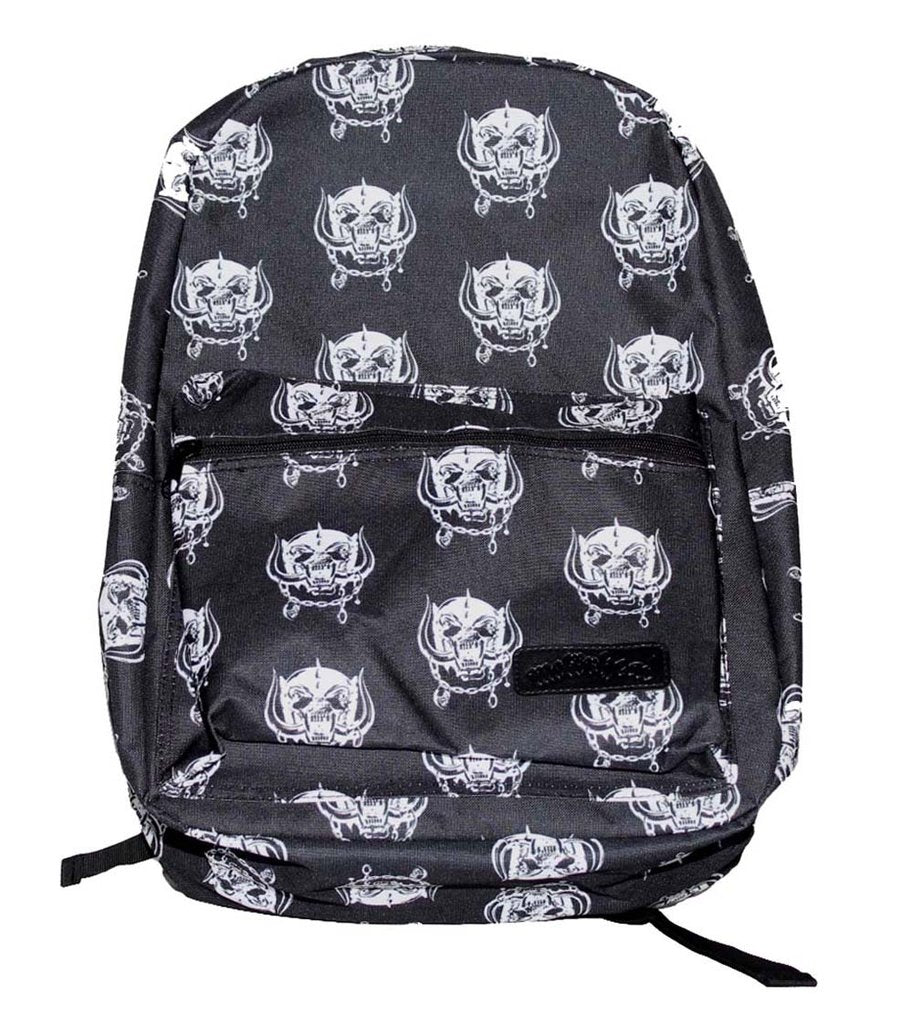
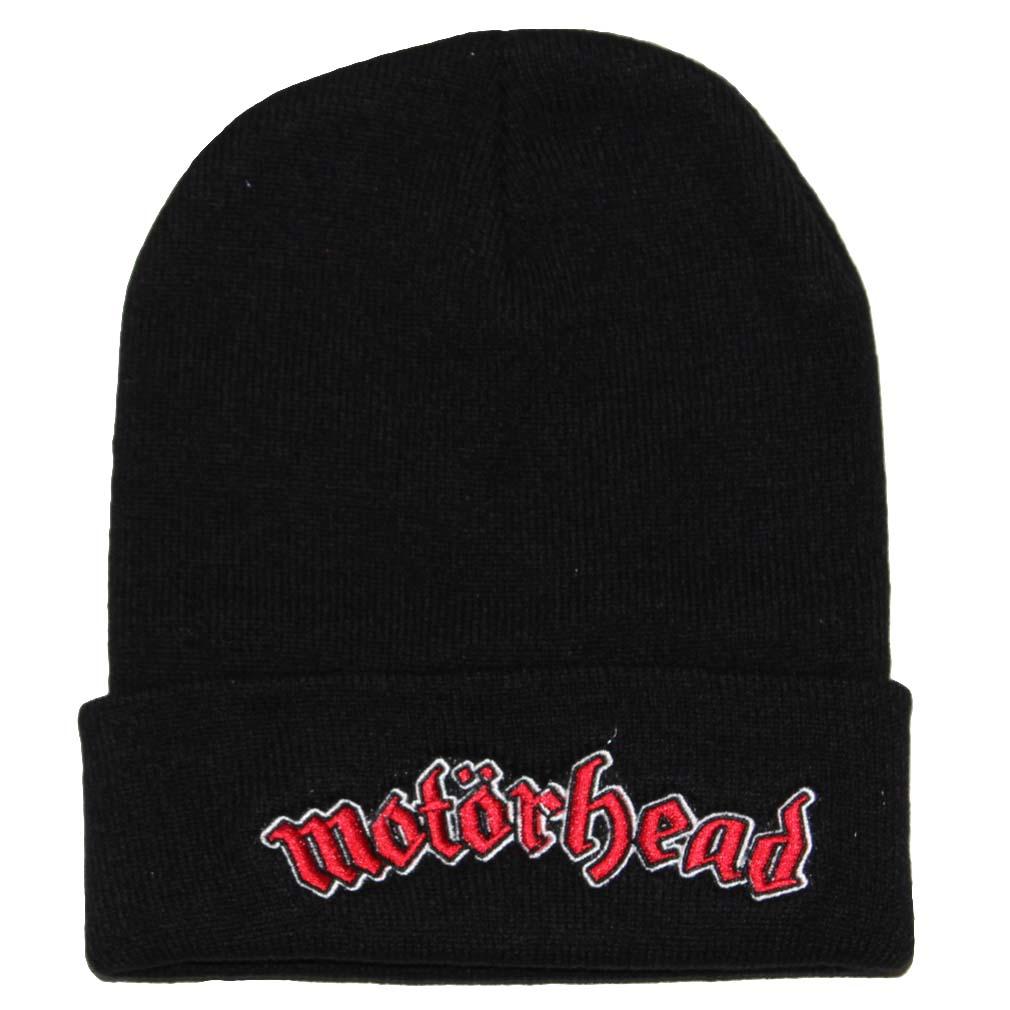
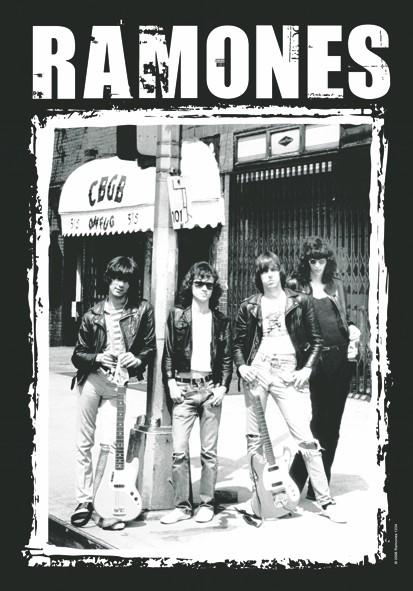
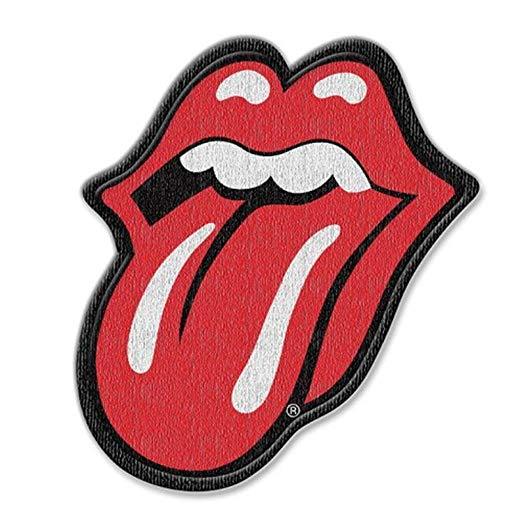
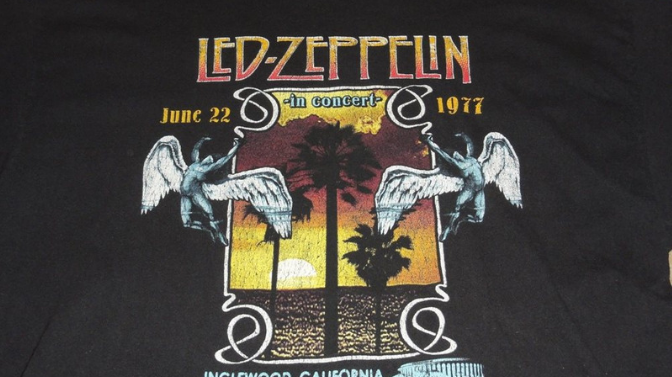
Comments
0 comments